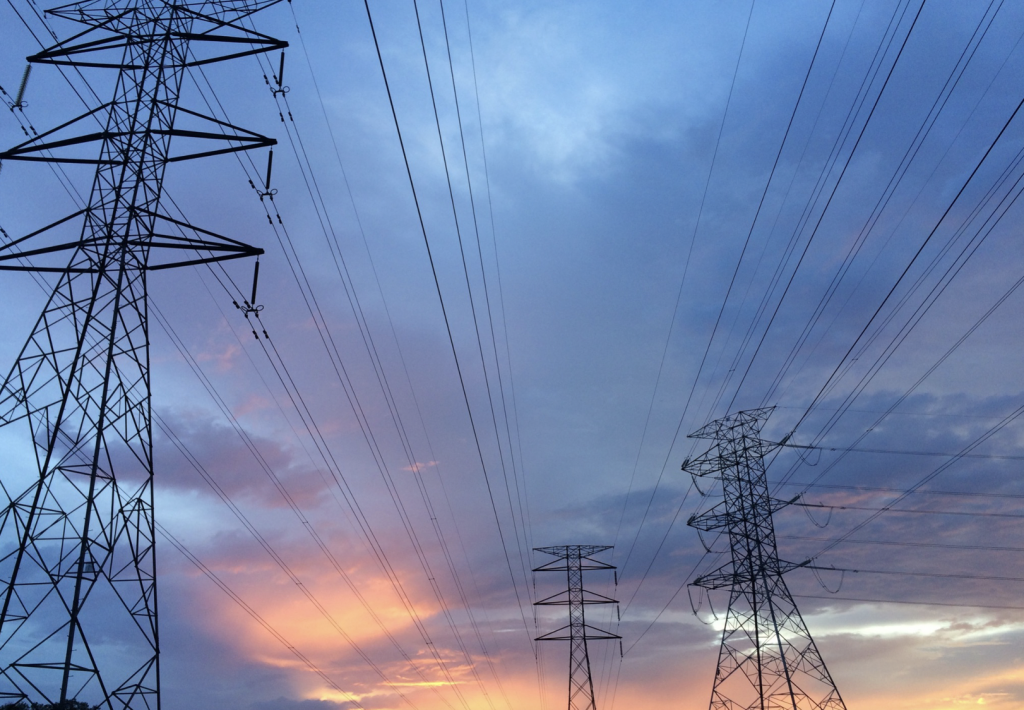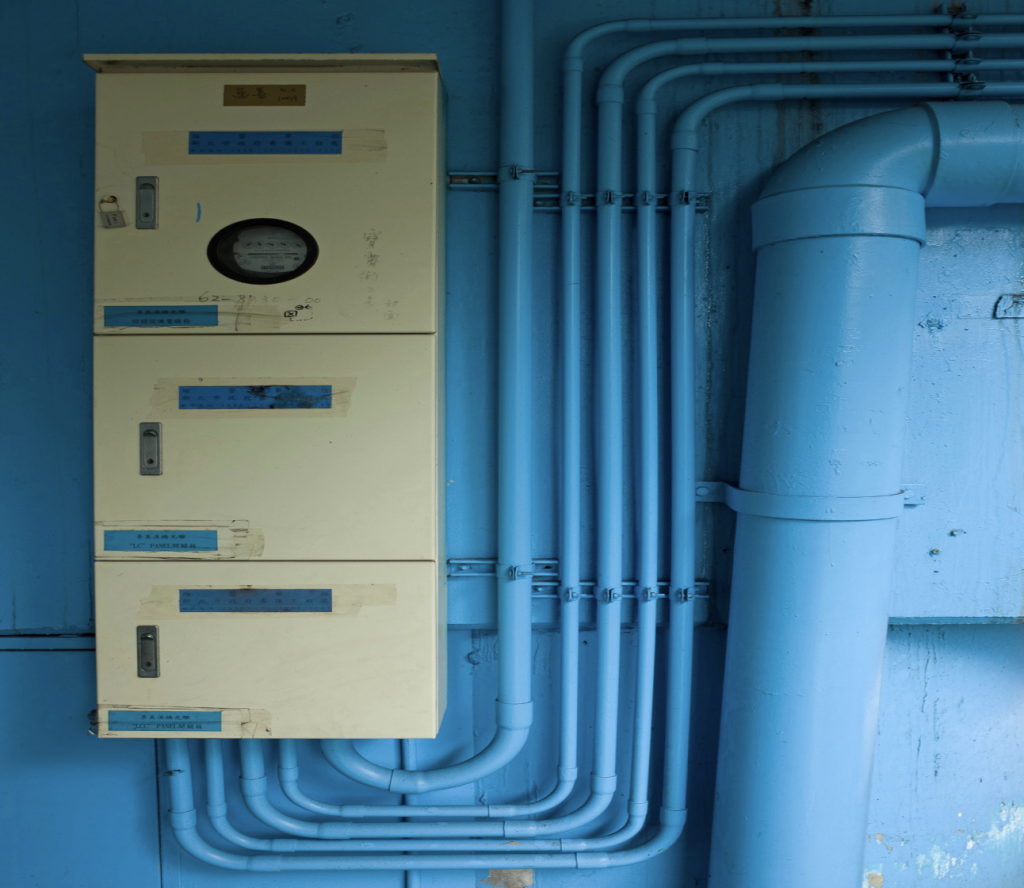An electrical distribution system receives a bulk of electrical energy from transmission and sub-transmission substations. There are essentially two kinds of distribution substations:
- Primary substation
- Customer substation
The primary substation serves as an interconnection between the high voltage and medium voltage networks. It basically acts as a load centre. The primary substations are usually mounted outdoors since the equipment required for such substations is hefty.
The customer substation, on the other hand, is usually the distribution room provided by the customer which serves as the interface for low voltage. The customer substations require equipment for relatively lower voltage and hence are usually installed indoors, within the premises of the building.
The distribution network can either be overhead lines or underground cables. It completely depends on the geographical location. But it is seen that usually, urban locations have more underground cable as compared to the rural areas which are observed to have more overhead lines as the form of electrical distribution network.

Distribution of electricity in larger areas
Electricity is delivered through a complex network. Overall, there are 4 levels involved in the process of power distribution.
- Power plants or substations generate electricity.
- The transformers step the voltage up for transmission.
- Transmission lines carry the electricity through long distances.
- Neighbourhood transformers step down the voltage so it can be distributed to households.
- Distribution lines carry electricity to the households.
- Transformers on the poles step down the electricity before it is distributed to households.
This complex system of network carries power throughout larger areas to commercial buildings, residential areas, etc all year round. It is essential that the entire network is safeguarded with a high-quality electrical distribution box. If the network is hampered at any stage, it will cease the entire flow of power distribution.
Transmission and Distribution

The different phases of carrying electricity from generators to households or commercial establishments via poles and cables are known and transmission and distribution. The major distinguishing factor between these two phases is the voltage levels at which the electricity is carried at each stage.
Electricity is generated at power plants or substations and then carried via cables or wires. These wires can be underground or overhead, depending on region to region. These transmission and distribution lines are what make up ‘the grid’.
Transmission is the phase of electricity distribution wherein a bulk of electricity is carried from the power generation stations to areas consisting of the end-users. Transmission is also called the ‘interstate highway’ as it carries large quantities of electricity through long distances to the consumers. To the consumers, transmission can be familiarised as the tall poles with many connecting wires spread out through large distances. These transmissions carry electricity of a heavy voltage that is too high and cannot be directly delivered to the users. The voltage at which the transmission lines and transformers carry electricity are usually at 100000 volts or above.
Power distribution systems lower this voltage to a level before being delivered to residences and businesses. The voltage is stepped down by transformers and delivered through distribution lines. The distribution lines are directly connected to the businesses and households. Distribution is the last phase of the whole system. Hence, it can be considered as the ‘city street’ of the power network. These distribution lines can be seen by people all along the streets. The voltage at which the neighbourhood distribution lines carry electricity is usually at 13000 volts, while a typical household runs at 110 volts. While looking for good quality equipment and enclosures, it is essential that you look for certifications confirming the work standards of the company.
Electricity providers
To the user, the difference between an electricity provider or electrical utility company, but the two play very different roles in the whole power transmission and delivery system. The electricity that you get in each part of your house may actually be generated hundreds of miles away. There are different electricity providers and electric utilities that sell and distribute electricity. Some providers own their own power plants and sell all the electricity they produce to the end-user. Other providers buy from independent owners or wholesale power marketers. The structure of the electrical retail industry majorly depends on your geographical location.
Electricity providers
Companies that purchase electricity on a wholesale basis from power generators and then sell it to the end-users in the retail market are known as electricity providers. Depending on your region and the structure of the power distribution market in your locality, you can pick your electricity supplier. However, before purchasing from an electricity provider, do a background check and confirm that the provider is authorized and is a licensed electricity provider.
Electricity utilities
Electric Utilities are companies that own and maintain utility poles lines. These utilities are the ones who are responsible for the physical delivery of electricity to residences and businesses. Ever since the deregulation, the market has opened up for competition. Earlier everyone used to stick to their local utility providers. Now the competition is high and depending on whether your region is deregulated or not, you can choose to stick to your local electric utility.
Supply and delivery charges

Depending on the state you live in and its regulations, you will receive an electricity bill from either your utility company or the provider. Your electricity bill will consist of a ‘supply charge’ which refers to the amount charged for the supply of electricity to your household or business.
Along with the supply charge, you would notice that there is a ‘delivery charge’ in your electricity bill. This delivery charge is the amount you pay for the transmission and distribution of electricity from the power generation stations to your household or business. The delivery charges pay for the maintenance of the poles and wires that carry electricity to the end-user. These charges vary from state to state and are subject to revisions once or twice every year. These amounts will usually be charged in one bill and are then distributed to the respective parties for their services by your provider or utility company.














